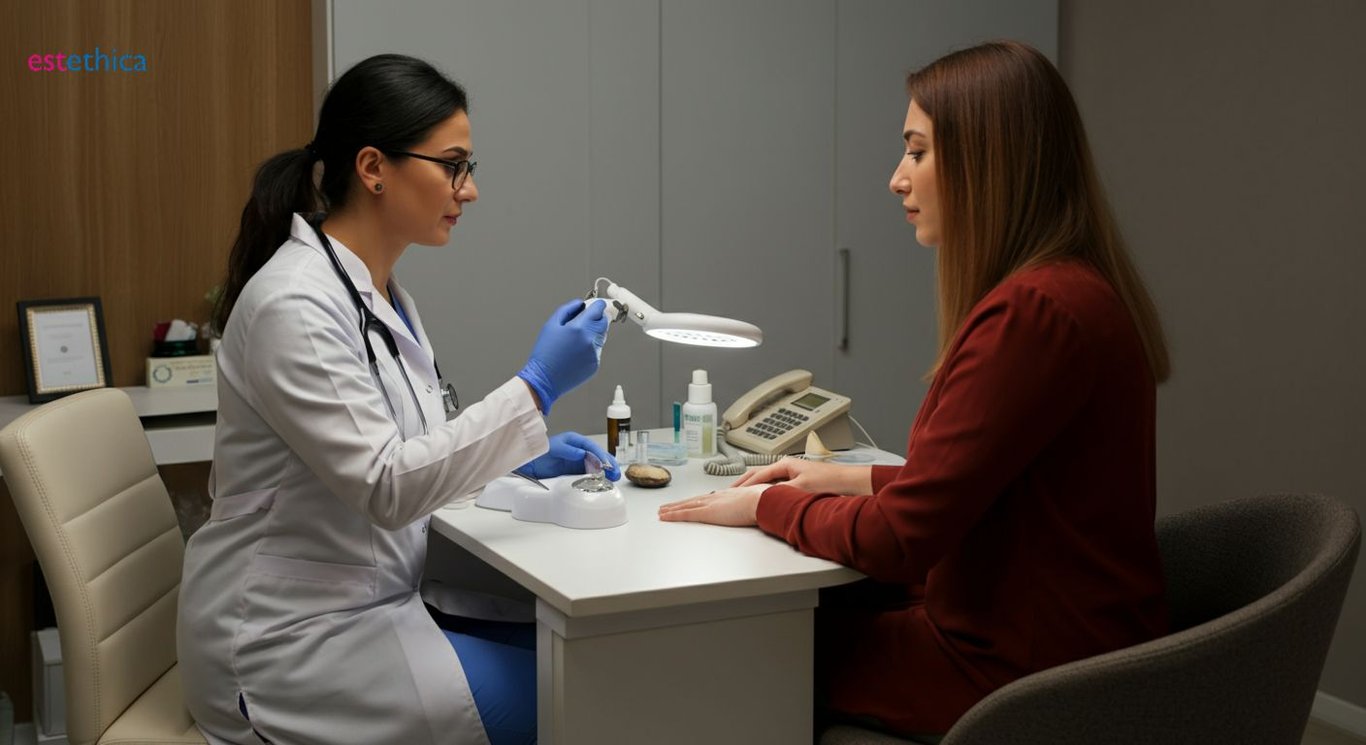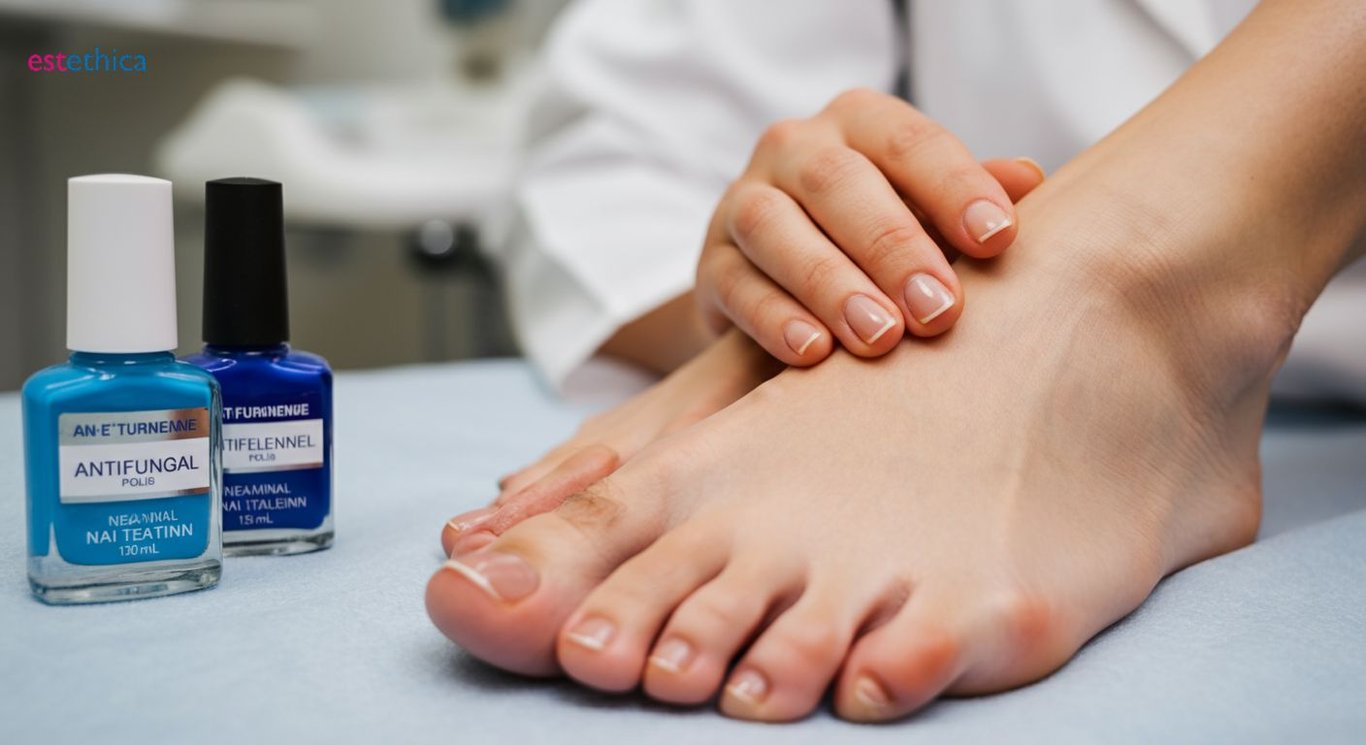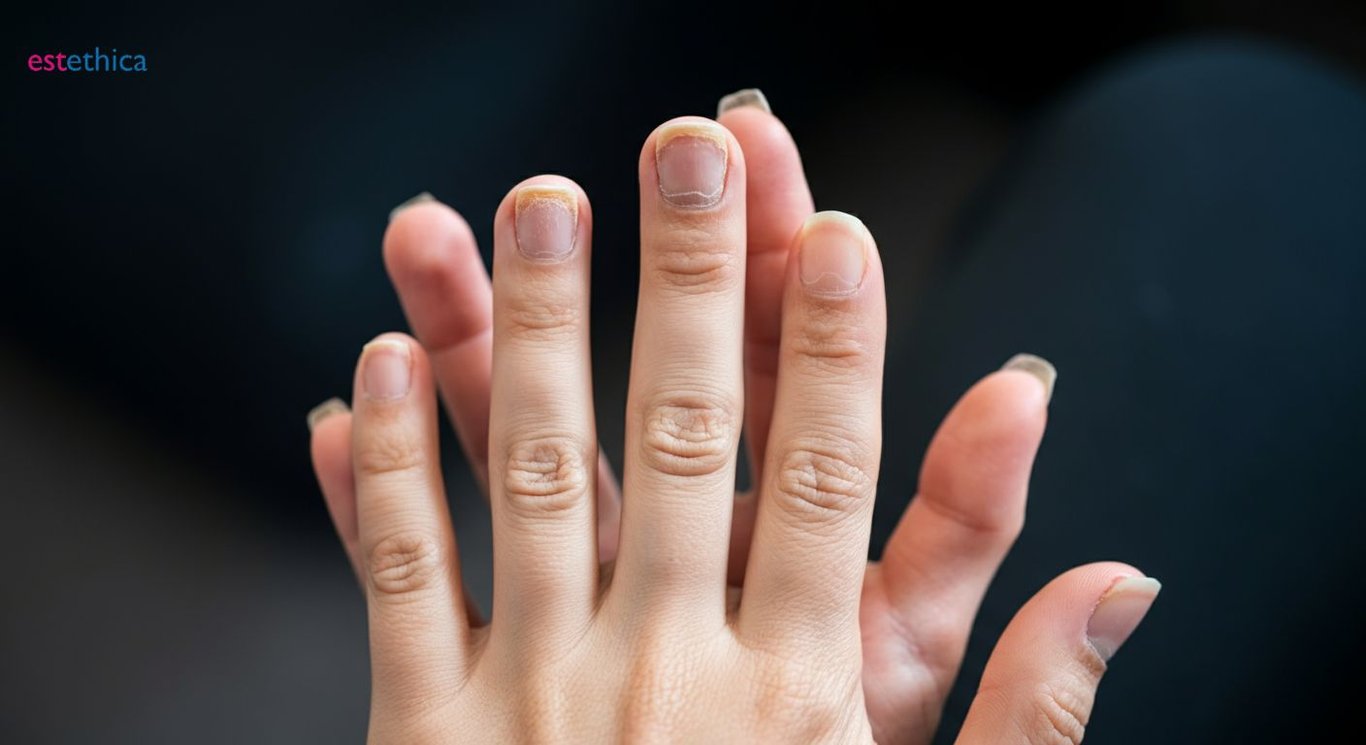Unlocking the Secrets of Nail Fungus: Effective Treatments Revealed
Master nail fungus treatment and prevention. Discover practical tips and remedies to maintain nail health.
Nail fungus, medically known as onychomycosis, is a common condition affecting millions of people worldwide. Despite its prevalence, many individuals are unaware of how to properly treat and prevent this persistent ailment. This blog post delves into the causes, symptoms, and effective treatments available, including both home remedies and professional solutions. By understanding nail fungus better, you can take steps to maintain healthy and aesthetically pleasing nails for life.
Understanding Nail Fungus: What You Need to Know
Recognizing the Early Signs of Nail Fungus
Nail fungus, or onychomycosis, often starts subtly, making early detection crucial. Initially, you might notice a small white or yellow spot under the nail tip. As the infection progresses, the nail may thicken, discolor, and even crumble at the edges. Recognizing these early symptoms can lead to more effective treatment options and prevent the spread to other nails or individuals.
Common Causes and Risk Factors
- Warm, moist environments like public pools and gyms are ideal for fungal growth.
- Age and nail trauma can increase susceptibility to infections.
- Compromised immune systems may struggle to fight off fungal infections.
Understanding these causes and risk factors can help in taking preventive measures to avoid nail fungus.
Steps to Prevent Nail Fungus
- Keep nails clean and dry to reduce fungal growth opportunities.
- Wear breathable footwear to minimize moisture accumulation.
- Use antifungal sprays or powders in shoes and on feet.
By following these preventive steps, you can significantly reduce the risk of developing nail fungus and maintain healthy nails.

Identifying Symptoms: Is It Nail Fungus or Something Else?
Distinguishing Nail Fungus from Other Conditions
Identifying nail fungus accurately is crucial as its symptoms can mimic other nail conditions. Common signs include nail thickening, discoloration, and crumbling edges. However, similar symptoms might appear in conditions like psoriasis or eczema, which require different treatments.
Key Indicators of Nail Fungus
- Thickened nails with a yellow or white hue.
- Crumbling or brittle nail edges.
- Separation of the nail from the nail bed.
These indicators suggest a fungal infection, but a healthcare provider should confirm the diagnosis to ensure appropriate treatment.
Steps for Accurate Diagnosis
- Consult a healthcare provider for a thorough examination.
- Undergo laboratory tests to identify the specific fungus.
- Discuss treatment options based on the diagnosis.
Accurate diagnosis is essential for effective treatment, minimizing discomfort, and preventing further complications.

Top Home Remedies for Nail Fungus Treatment
Natural Solutions for Nail Fungus
Home remedies for nail fungus are popular due to their accessibility and affordability. Tea tree oil, with its antifungal properties, is a favored choice. Applying it directly to the affected nail can help combat the infection. Another common remedy is apple cider vinegar, which creates an acidic environment that inhibits fungal growth. Soaking the nail in a vinegar solution can be an effective first-line treatment.
Benefits of Home Remedies
- Cost-effective and easily accessible compared to medical treatments.
- Natural ingredients reduce the risk of side effects.
- Can be used as a complementary approach alongside medical treatments.
While these remedies are beneficial, they require consistent application and patience, as results may take time to manifest.
Steps to Apply Home Remedies
- Clean the affected area thoroughly before application.
- Apply tea tree oil or soak in vinegar daily for optimal results.
- Monitor progress and consult a healthcare provider if the infection persists.
Consistency is key to achieving the best outcomes with home remedies. If symptoms do not improve, seeking professional advice is recommended.

Preventing Nail Fungus: Essential Tips for Healthy Nails
Effective Hygiene Practices for Nail Fungus Prevention
Maintaining proper hygiene is a fundamental step in preventing nail fungus. Regularly washing and thoroughly drying your feet can significantly reduce the risk of fungal infections. It's essential to trim nails straight across and file down thickened areas to prevent fungal buildup. Additionally, changing socks daily and opting for moisture-wicking materials can help keep feet dry and less susceptible to fungus.
Choosing the Right Footwear
- Opt for shoes made of breathable materials like leather or mesh to allow air circulation.
- Avoid tight-fitting shoes to prevent nail trauma, which can increase infection risk.
- Rotate shoes regularly to ensure they dry out completely between uses.
Proper footwear choices not only prevent nail fungus but also enhance overall foot comfort and health.
Steps to Protect Your Nails in Communal Areas
- Always wear flip-flops or shower shoes in public showers and locker rooms.
- Use a clean towel to dry your feet thoroughly after exposure to communal areas.
- Apply antifungal powder or spray to your feet before and after visiting these places.
By following these protective measures, you can significantly reduce the likelihood of contracting nail fungus in communal environments.
Advanced Home Remedies for Nail Fungus Treatment
Effective Prevention Strategies for Healthy Nails
Frequently Asked Questions
What is nail fungus and how can it be identified?
How can nail fungus be treated at home?
What are the best practices for preventing nail fungus?
Can nail fungus be completely cured?
What are the risk factors for developing nail fungus?
Discover the Path to 'Healthy Beauty' with estethica! Contact us today for a free consultation and take the first step towards enhancing your natural beauty with our expert team.
📞 Call Now for Your Free Consultation